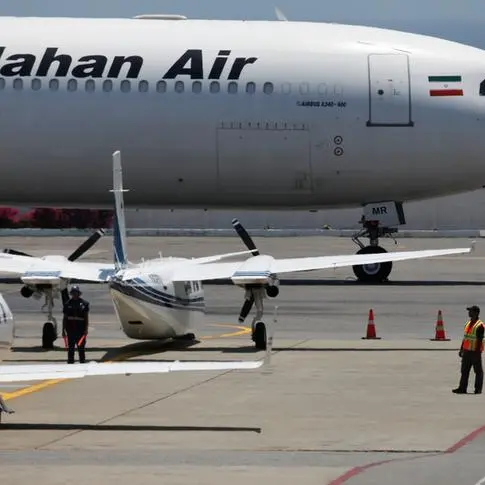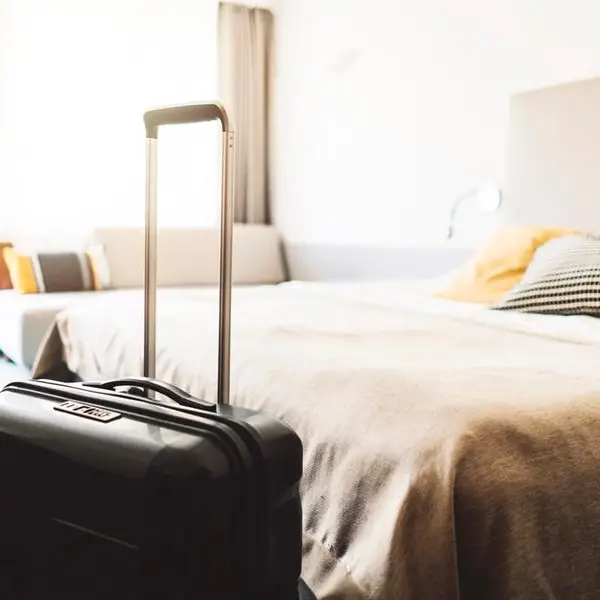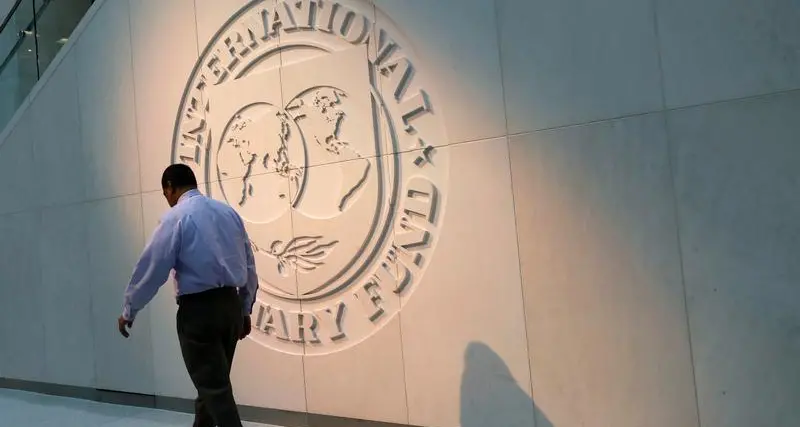PHOTO
LAUNCESTON, Australia- China's national carbon emissions trading scheme has launched amid fanfare that it will be the biggest market of its kind in the world. Should we believe, or beware the hype
On the surface, the new and much-delayed system looks impressive, covering some 2,000 power plants responsible for more than 4 billion tonnes of carbon emissions.
And this is only the first phase of the scheme. Other industries are scheduled to be included at yet-to-be determined intervals, such as petrochemicals, steel, paper-making and aviation.
But while the system may appear vaguely similar to that of the European Union, the current global leader for emissions trading, it is actually quite different - and it may do little to reduce China's carbon pollution, at least in the short to medium term.
Whether the scheme eventually does help China meet its goal of net zero carbon emissions by 2060 will largely depend on how it develops, and whether the authorities in Beijing change its parameters in order to put a price on carbon high enough to incentivise changes in behaviour and investment decisions.
Currently, the way the system operates, it doesn't necessarily mean that power plants are being forced to limit pollution, or even pay more in order to continue emitting carbon dioxide.
While the current Phase 1 covers 2,225 power plants, permits are allocated on the basis of "carbon intensity", or the amount of emissions per unit of power generation.
This is different to the EU system, where power plant operators have to retire permits equal to their emissions, and if they don't have sufficient permits they have to buy them on the open market.
In China, the government grants permits based on the amount of power the plant generates, meaning that more modern and efficient coal-fired plants may actually end up with a surplus of permits, effectively giving them a negative carbon price.
On the other hand, less efficient generators may end up with a deficit of permits. But even then, the cost to purchase additional units may not be much of a disincentive.
It's early days, but China's carbon permits SAXCEA are trading at values very far below those in the EU.
The permits ended at 52.30 yuan ($8.06) a tonne on Monday, up from the opening price of 48 yuan when trading started in Shanghai on July 16.
The spot EU price ended at 52.32 euros ($61.73) a tonne on Monday - nearly eight times as much as the price in Shanghai.
CHANGES NEEDED
This gap in prices and the difference in the way permits are allocated to polluters means that the Chinese system is currently very different to the EU's, and likely to be ineffective without significant changes.
Lauri Myllyvirta, lead analyst at the Centre for Research on Energy and Clean Air, said in a recent Twitter thread that China's system is "designed in a way that can have a robust price, robust trading volumes ... but still fail to create any incentive to reduce coal-fired power generation."
Of course, the way China's system works now and what it may evolve into are two different matters. But the point is that currently China's emissions trading scheme looks outwardly better than it actually is, and isn't exactly being set up as the main tool to reduce emissions in the world's biggest polluter.
In order for China's new system to be taken more seriously, and for it to be more effective, two things need to happen: permits need to become more scarce, and the price needs to be higher.
Reducing the supply will help achieve higher prices, but the risk is still that Beijing seeks an emissions scheme that isn't really a market system, but is rather more like an administrative tool.
Clyde Russell
(Editing by Kenneth Maxwell) ((clyde.russell@thomsonreuters.com)(+61 437 622 448)(Reuters Messaging: clyde.russell.thomsonreuters.com@reuters.net))












